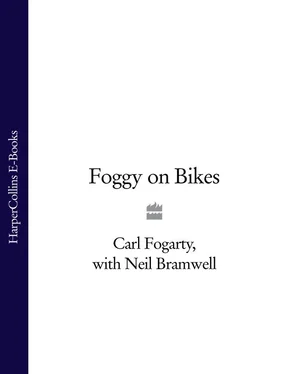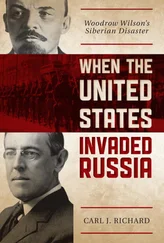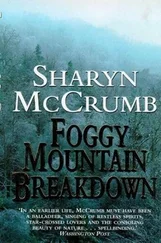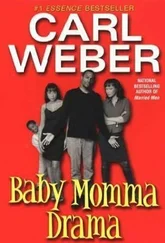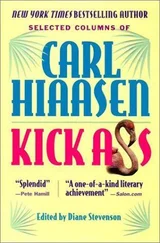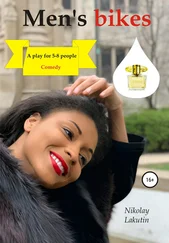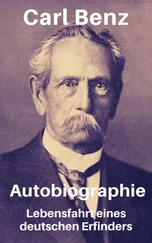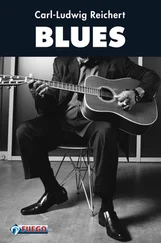Foggy on Bikes
Carl Fogarty with Neil Bramwell

Neil Bramwell, who collaborated with Carl Fogarty in writing this book, is a freelance sports journalist. He is the former sports editor of the Blackburn-based Lancashire Evening Telegraph and a former BT Northwest Sports journalist of the year. This is his second book with Carl Fogarty, having previously co-authored his bestselling autobiography, Foggy .
Harper Nonfiction
An imprint of HarperCollins Publishers 1 London Bridge Street London SE1 9GF
www.harpercollins.co.uk
© Carl Fogarty and Neil Bramwell 2002
The Authors assert the moral right to be identified as the authors of this work
All rights reserved under International and Pan-American Copyright Conventions. By payment of the required fees, you have been granted the non-exclusive, non-transferable right to access and read the text of this e-book on screen. No part of this text may be reproduced, transmitted, downloaded, decompiled, reverse engineered, or stored in or introduced into any information storage and retrieval system, in any form or by any means, whether electronic or mechanical, now known or hereinafter invented, without the express written permission of HarperCollins e-books.
HarperCollins Publishers has made every reasonable effort to ensure that any picture content and written content in this ebook has been included or removed in accordance with the contractual and technological constraints in operation at the time of publication.
Source ISBN: 9780007118397
Ebook Edition © MAY 2013 ISBN: 9780007390380
Version: 2015-09-10
Cover
Title Page
Copyright
Introduction
Section 1: What Makes A World Champion
1: Tools for Success
2: Starting to Race
Section 2: Racing Techniques
1: Positions
2: The Perfect Line
3: Braking
4: Tyres
5: Suspension
6: Engine
7: Conditions
8: Beyond the Limit
9: Celebrations
Section 3: Preperation
Physical Preperation
1: Fitness and Diet
2: Kit
3: Teamwork
Mental Preperation
1: Build-up
2: Danger
3: Aggression
4: Opposition
5: Negotiations and the Media
Section 4: Racing
Testing and Setting-up
1: Testing and Analysis
2: Adjustments
3: Qualifying and Superpole
Race Strategy
1: Starting
2: Strategy
3: Overtaking
Section 5: Other Types of Bike Racing
Competitive
1: Endurance
2: Enduro or Trail Riding
3: Motocross
4: Speedway
5: Trials
6: Supermotard
Leisure
1: Roadcraft
Plates
Keep Reading
Index
Acknowledgements
About the Publisher
I was knackered. We had been riding for a couple of hours and had just reached the halfway point of a really tricky steep section called Walna Scar in the Coniston area of the Lake District. It was more suited to trial bike riding than trail bikes – a slippery gully filled with boulders, and water running off the top of the mountain. I remember once following Dougie Lampkin, the world trials champion, up there and he made it look easy. I had already fallen off three or four times but I still managed to catch a lad called Kevin Moore, who had come past me laughing his head off. He was always pretty quick up that section because he had strong legs from his days playing football for Swansea City, when they were at the top of the old First Division. Sure, you need strong arms for balance, but when you are trying to keep the bike upright and to push off the rocks when your wheels are spinning, all the effort comes from your legs.
I could just about see the dry stone wall, where we always stopped for a break and which served as a finish line for the ‘race’, and saw a chance to overtake Kevin at the last minute. So I went for the tightest of gaps, he came across and we smacked into each other. I fell off, but he fell underneath me and we were both howling with laughter as we scrambled to pick the bikes up and reach the wall first. For the record, I won!
During the break, the banter was flying round about the exploits on that last section. Another mate of mine, Austin Clews, a director of a company in Blackburn called CCM which makes motorcycles, came round to have a good look at the new bike I was riding, a Suzuki DR400. It was a bit lighter than the other bikes because I was still struggling with my injured arm. Then, before we’d hardly had a chance to catch our breath, someone shouted, ‘Right, we’re off!’
The next section was also full of rocks and shale, so I decided to try and ride on the moorland grass, thinking I would manage to get up to the top if I got a good enough run at it. By this time the weather had closed in and I could hardly see more than a few yards ahead because of the mist. I just about made it over a little ridge at the top of the slope when the engine suddenly cut out. Every time I tried to start it, it died straight away, and I was getting more and more tired just trying to hold the bike up on the steep slope. It did not have a kick-start, so I was worried that the battery would go flat. Everyone else had cleared off. I could barely hear them, never mind see them.
When the bike eventually fell over, I decided to go back down the hill and try to start the thing on the way down. It would not bump-start because it was sliding on the grass, and even the electric-start would not work. What the hell is wrong with this thing? I thought during a minute’s rest back down at the wall, staring at the bike in frustration.
Then it hit me: the fuel had been switched off. It must have been Austin when he was examining the bike. I had been left with enough fuel in the pipe to get the bike started and perhaps run it for about a mile on the flat. I flicked the switch back on and eventually made it to the top, falling and stalling on the way up because I was so shattered. I was panting like a dog when I reached them. They had been waiting so long that Austin had actually forgotten he had switched the fuel off! Bastards!
When I smashed my arm at Phillip Island in Australia in April 2000 – the injury which forced me to quit racing – I was more pissed off at having to miss days like this one near Coniston than I was at missing the actual superbike races for the rest of that season. For me, racing in the World Championships was never fun. It was a serious business – I had to win, and people expected me to win. It was hard to enjoy something when there was so much pressure on you to do well.
Most people who own a bike find it difficult to understand that I didn’t get a thrill from putting my knee down at a corner. That’s part and parcel of the fun of bikes for them. But I can count the number of times I’ve ridden a bike on the roads in the last ten years on the fingers of one hand. I took my enduro bike out onto the roads a couple of times, just to get a feel for it and run it in for a few miles before taking it up to the Lake District. One of the other few times I have been out on the roads was when travelling between the hotel and Misano for the World Superbike round in Italy in 1999. As at most circuits on race days, the traffic approaching the track is bad. So, rather than have fans banging on the window while I sat in a hot car in a traffic jam, I decided to use one of the Ducati scooters to ride to and from Cattolica, where we were staying. I’ve seen Eddie Irvine do the same thing, and it’s quite funny watching people’s reactions when they realise who it is flying past, especially in Italy where I have a huge following because of my association with Ducati. They just about manage a ‘Ciao, Foggy!’ before I’m off down the road, riding like a typical Italian.
Читать дальше
